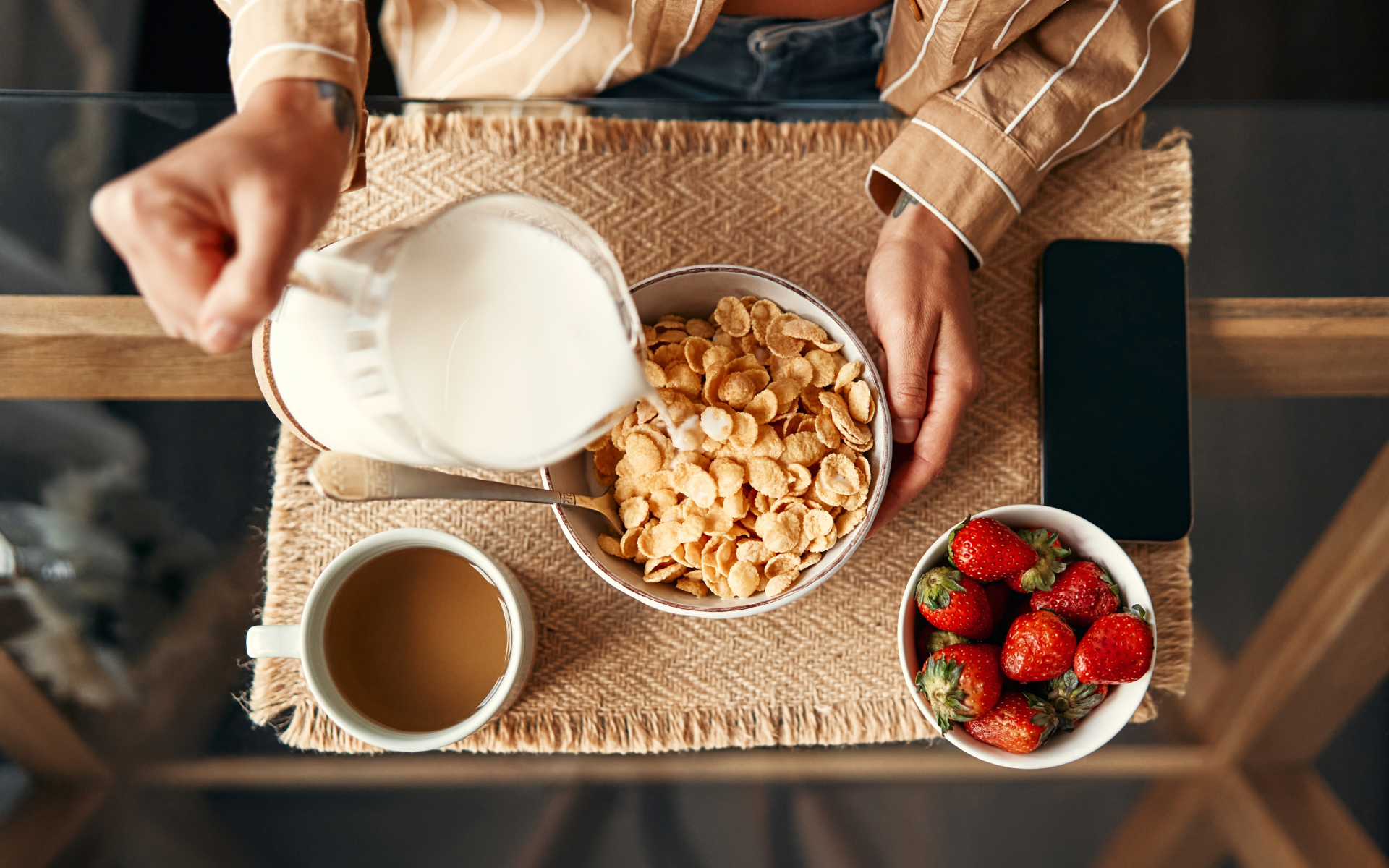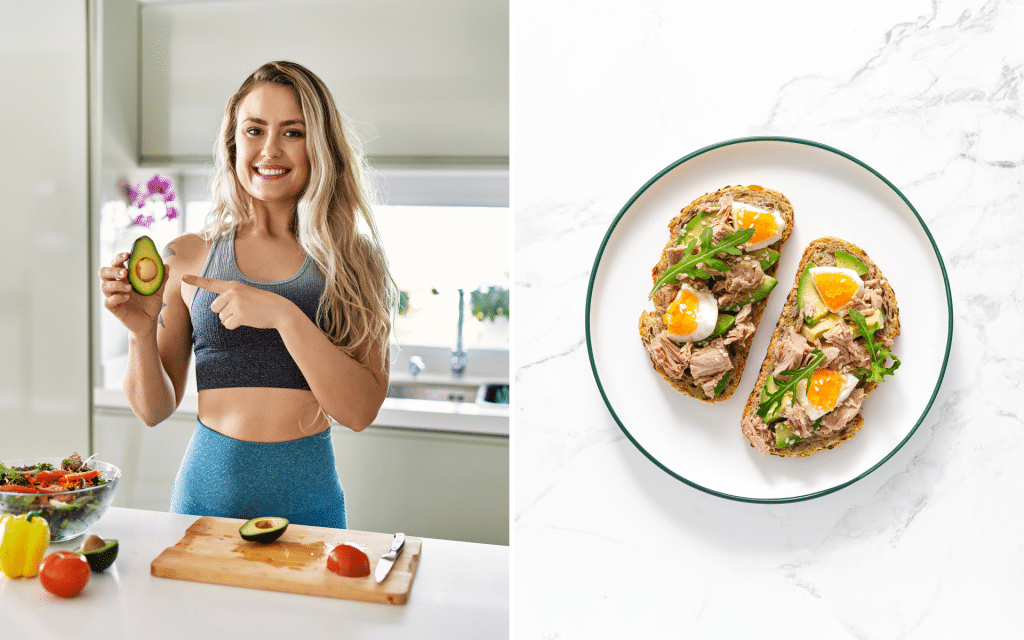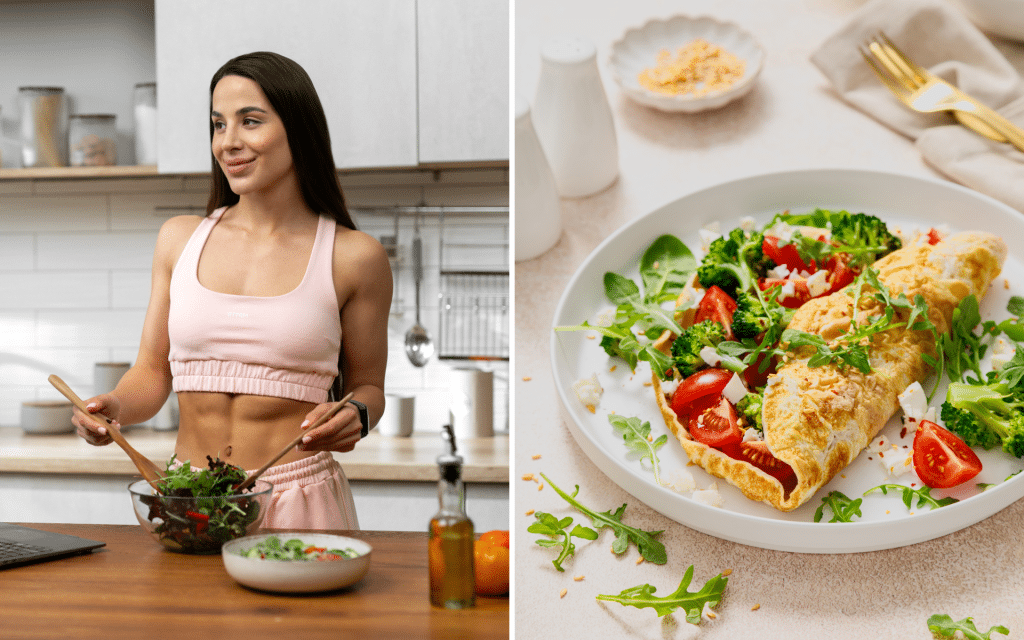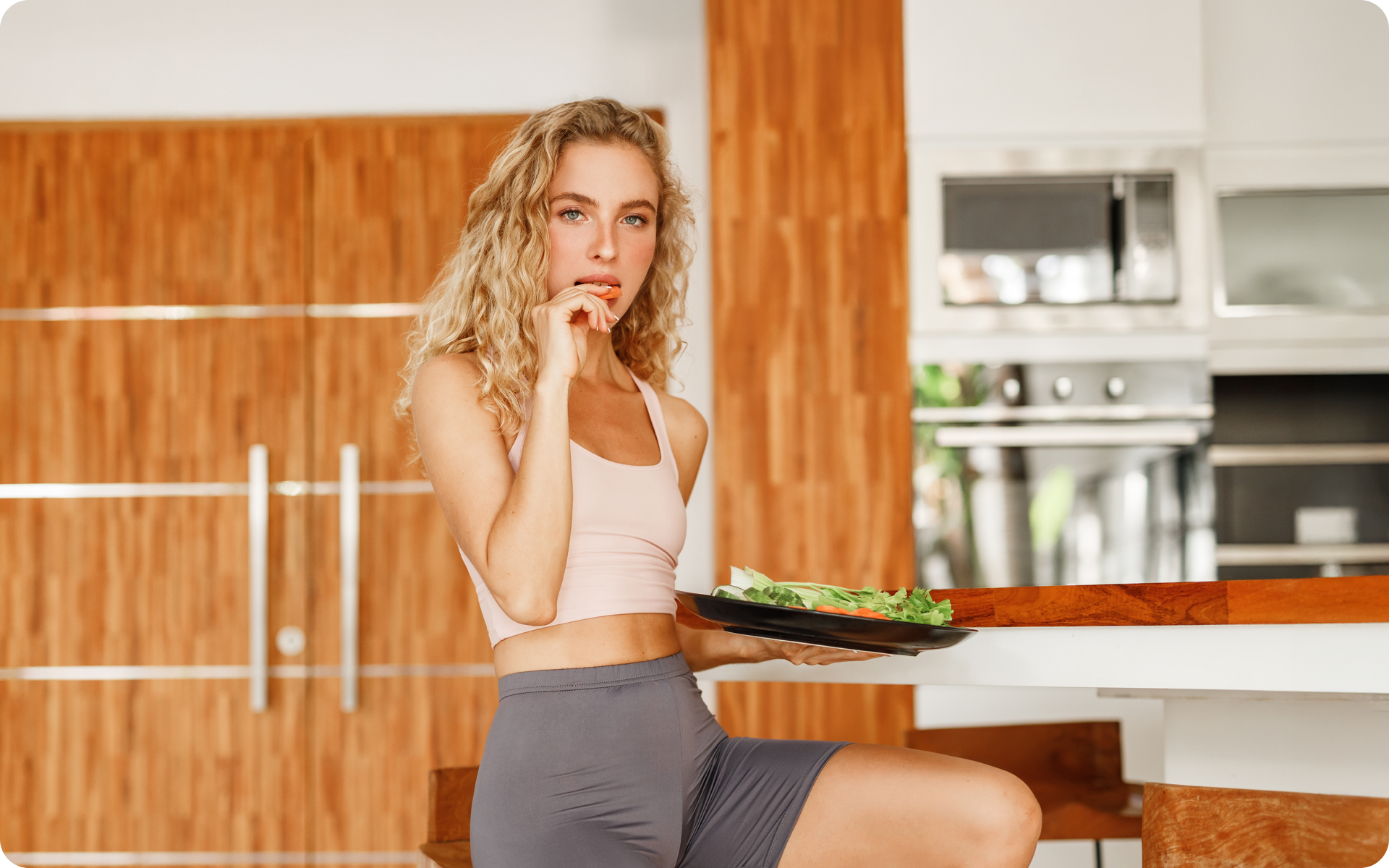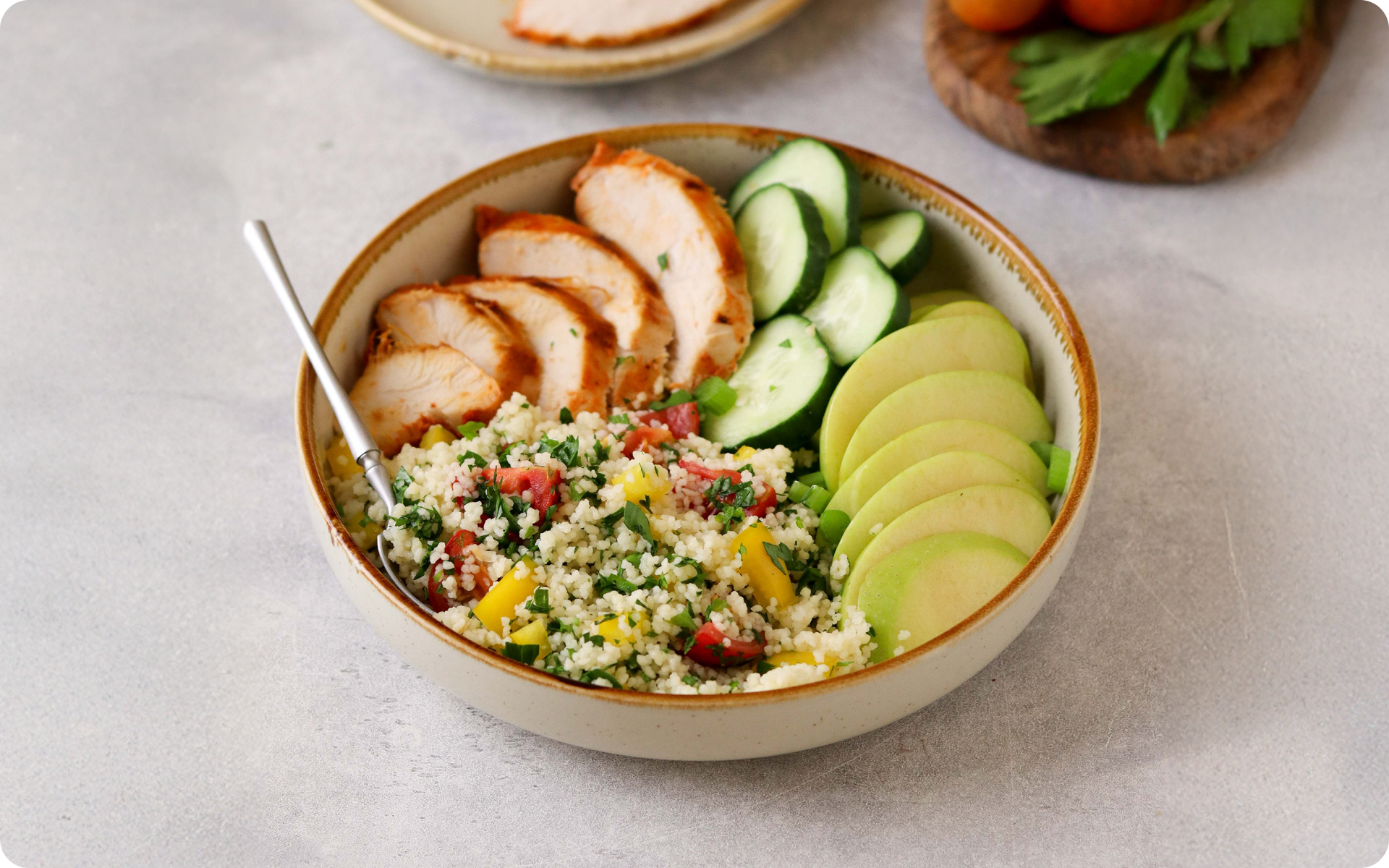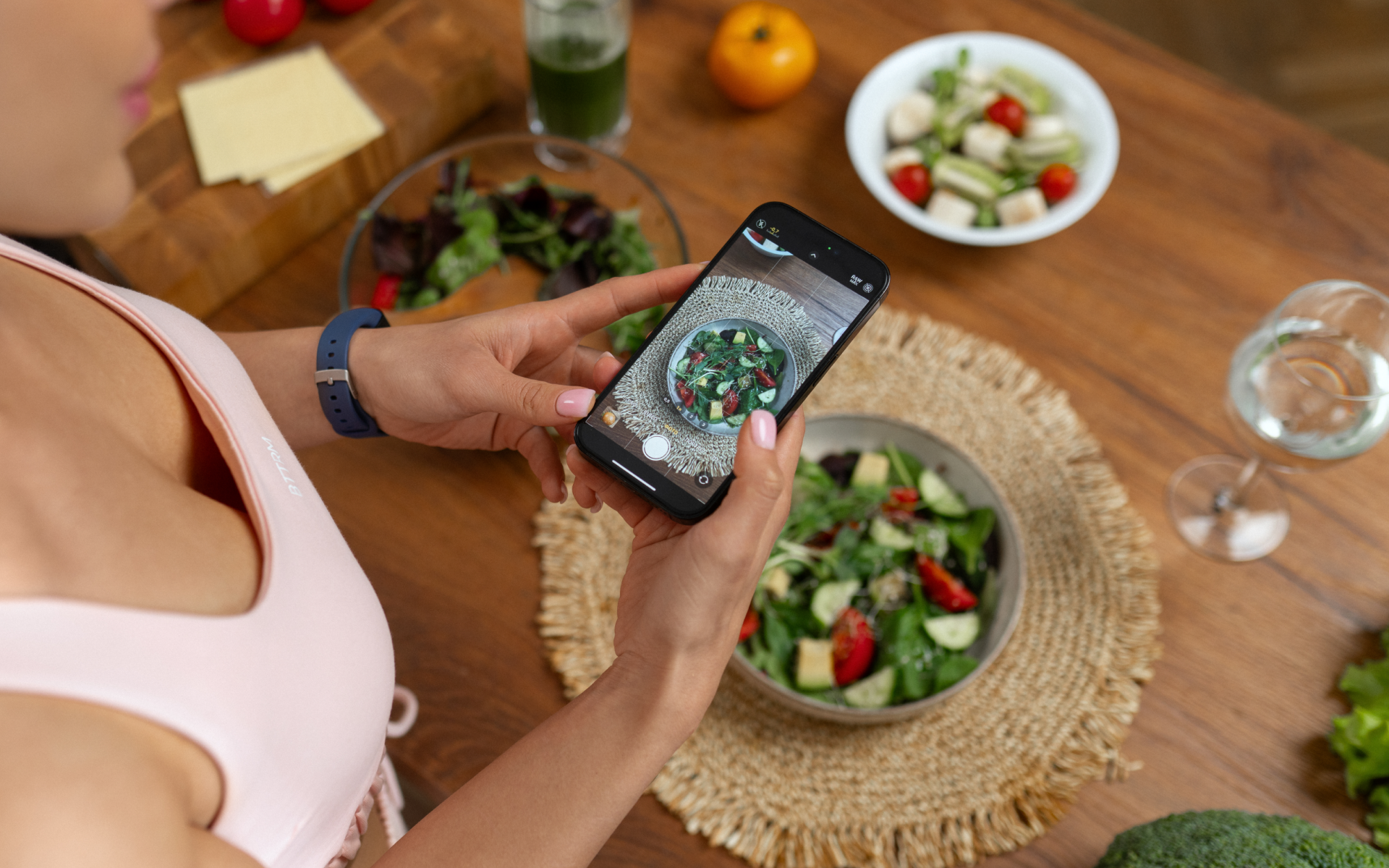Let’s face it—we are all living hectic lives. We tend to neglect the age-old concept of taking things slow and prioritizing health over everything else.
A drive to stay ahead has forced many people to look for easy options like processed and ultra-processed foods.
However, assuming they all are “bad” for your health is incorrect.
You must do your research and begin asking, “What is a difference between processed vs ultra processed foods?”
After understanding the differences and similarities between these foods, you can create a balanced dietary plan for yourself (or your family).
This article provides insightful information about processed and ultra-processed foods.
A comparison of processed and ultra-processed foods clarifies that there is some good stuff out there and that not all processing is detrimental.
All it takes is a little research and some meal planning to ensure your health is always in shape.
What Is The Difference Between Processed And Ultra-Processed Foods?
Knowing how to differentiate between processed and ultra-processed foods is the first step to making better nutritional decisions.
Here is the core information that could help you understand things more:
Processed Foods
The U.S. Department of Agriculture (USDA) defines processed food as any food altered from its natural state (1).
The alteration processes can include:
- Freezing
- Washing
- Cooking
- Canning
- Cutting
- Milling
- Mixing
It may also include these added ingredients, but not always:
- Preservatives
- Nutrients
- Flavors
- Sugars
- Fats
- Salt
Ultra-Processed Foods
Ultra-processed foods go beyond regular processed foods.
They usually contain added sugar, salt, fat, artificial colors, flavors, preservatives, and other chemicals.
Manufacturers make most of these foods from substances taken from other foods, such as the following:
- Fats
- Sugars
- Proteins
- Starches
A food classification system called NOVA summarizes this branch as:
- Drinks
- Snacks
- Ready meals
- Other products made mostly or entirely from food extracts or components
- It does not include whole foods
Besides knowing the basic information, you should also see how the 2 groups stand apart.
The following table may help:
| Aspect | Processed Foods | Ultra-processed Foods |
|---|---|---|
| Definition | Minimal alterations for preservation | Heavily modified with additives |
| Ingredients | Few added ingredients (salt, sugar, oil) | Many additives (preservatives, colors) |
| Examples | Canned vegetables, cheese, bread | Chips, sodas, instant noodles |
| Nutritional Value | Retains most nutrients | Often low in nutrients, high in calories |
| Additives | Few or none | Multiple, especially artificial ingredients, sugars, salt, and unhealthy fats |
| Health Impact | Generally safe in moderation | Linked to some health conditions |
| Flavor | Naturally or mildly enhanced | Highly flavored to increase cravings |
The distinction between processed and ultra-processed foods is becoming clear now – the latter is more likely to be unhealthy than the former.
Any additives used in food must meet the standards set by the Food and Drug Administration to be safe to eat.
The reasons ultra-processed foods are detrimental to health are more about the foods as a whole.
According to Dr. Dariush Mozaffarian, a cardiologist and dean of Tufts University’s Friedman School of Nutrition Science and Policy in Boston, he states that manufacturers didn’t design ultra-processed foods with a health perspective in mind.
Dr. Dariush explains that they aim to excite consumers’ taste buds and make them crave more, regardless of the ingredients they use.
Processing in both food groups may also strip the ingredients’ fiber content (mainly from the ultra-processed), making them less filling.
A 2019 study found that people who ate ultra-processed food consumed more and gained more weight than those who ate minimally processed food (2).
The debate about processed vs. ultra-processed foods is quite heated and extended.
You may have countless desires when you are healthy and work hard for them.
But when you are ill, only one remains—the desire to be well again!
When it comes to weight loss, progress is made by inches, not miles, so it’s much harder to track and a lot easier to give up. The BetterMe: Health Coaching app is your personal trainer, nutritionist, and support system all in one. Start using our app to stay on track and hold yourself accountable!
How To Tell If A Food Is Ultra-Processed?
Generally speaking, it is simple to spot ultra-processed foods.
They may have long ingredient lists on store shelves, refrigerators, and even in delis or bakeries, but that isn’t the most reliable sign.
Common ultra-processed foods include shelf-stable prepared meals (think boxed mac and cheese or instant noodles), snacks like chips or puffs, and sweet treats like candy and industrial baked goods.
However, according to NOVA’s definition, these foods often contain one or two items that are never or rarely found in the kitchen.
They may contain additives or ingredients most people don’t use in home cooking, such as sweeteners, preservatives, and artificial flavors or colors.
Some more ways to identify these foods are:
- They don’t have the usual whole food ingredients like vegetables or grains.
- They usually come in shiny, colorful, or heavily branded packaging.
- They are high in calories, sugar, salt, and unhealthy fats but low in essential nutrients.
- Most items taste excessively sweet, salty, or savory to enhance appeal.
- The labels on these food items often contain buzzwords like “diet,” “low-fat,” or “guilt-free.”
- The food requires little to no preparation, often instant or pre-cooked.
By looking for these signs, you can identify ultra-processed foods and look for better alternatives, even if your cravings seem untamed!
Read more: 7 Benefits of Not Snacking and What Happens to Your Body When You Quit
What Are Examples Of Ultra-Processed Foods?
Check out the following list of ultra processed foods to avoid on your next grocery trip:
- Sugary Drinks: Soda, energy drinks, flavored juices.
- Packaged Snacks: Chips, crackers, cheese puffs.
- Instant Noodles: Cup noodles and ramen with flavor packets.
- Frozen or shelf-stable Meals: Microwaveable dinners, pizza, boxed shelf-stable meals.
- Sweetened Breakfast Cereals: Cereals with a lot of added sugars and artificial flavors.
- Commercial Baked Goods: Packaged cakes, cookies, muffins, and pastries.
- Candy and Sweets: Chocolate bars, gummies, and hard candies.
- Flavored Yogurts: Yogurts with added sugars, artificial flavors, or toppings
- Fast Food Items: Burgers, fries, nuggets, and other heavily processed menu items.
- Packaged Desserts: Pudding cups, ice cream bars, and other shelf-stable sweets.
To sum up, processed foods are a human creation.
Think about a carton of eggs compared to a frozen egg patty.
While both contain eggs, they are very different foods with entirely different processes to reach the store.
Ultra-processed foods are hyper-palatable, sugary, salty, and highly refined foods that are high in calories, easy to overeat, and often not exceptionally nutritious.
If your goal is to minimize ultra-processed foods, you should avoid ultra-processed food restaurants and grocery aisles.
What Are The 9 Processed Foods You Should Never Buy?
A high fat, salt, and sugar content is why ultra-processed foods get a bad rep.
Unlike homemade foods, where you always know how much salt and sugar food has – you can’t be so sure about processed foods.
An overreliance on ultra-processed foods is more likely to lead to people eating more than the recommended amounts of salt and sugar.
They also have a high-calorie content due to all the added ingredients.
If you don’t watch out, you may eat more than your daily allowance of calories, which can have negative consequences.
Certain preservatives or preservation methods used in processed foods come with health concerns.
Take processed meats as an example:
The World Health Organization (WHO) labels bacon and other processed meats as group 1 carcinogens (3).
These meats have this label because the manufacturer’s meat processing methods, such as curing and smoking, resulting in the formation of carcinogenic compounds.
The World Cancer Research Fund recommends eating little, if any, processed meat (4).
Likewise, there are several other examples of how food is stripped of its original nutrients when it undergoes processing.
Below, we have listed some ultra-processed foods and what you can use instead.
Knowing the alternatives can help you design a solid, no ultra processed food diet menu.
So, take notes as you scroll through!
| Ultra Processed Foods | Healthy Alternatives |
|---|---|
| Hot dogs, cured or smoked sausages, bacon | Avocado, eggs, or carrot bacon |
| Cereal bars and granola bars | Aduna Superfood Energy Bars, Nakd bars, or homemade granola with oats and dried fruits |
| Flavored and coated nuts | Plain roasted, toasted, or raw nuts |
| Frozen and microwave-ready meals | Batch-cooked and frozen homemade meals with fresh fruits and vegetables |
| Microwave and ready-made popcorn | Homemade popcorn popped in healthy oil with natural flavorings like nutritional yeast or parmesan cheese |
| Instant noodles | Zucchini noodles (zoodles) or whole-wheat noodles |
| ‘Healthy’ fruit snacks | Fresh fruit like apples, bananas, or berries |
| Crisps and savory snacks | Baked whole grain pita chips, nuts, or carrot and cucumber sticks with peanut butter or hummus |
| White bread and pasta | Whole grain bread and pasta, or legume-based versions |
It is difficult for most people not to consume ultra-processed foods.
Still, making nutritious food choices should be a priority when you want to improve your health.
Given how more people are facing medical issues today than before, it is evident that we need to make better decisions now before it’s too late.
Good nutrition is more than just counting calories.
What we eat affects:
- Our mind
- Our mood
- Our metabolism
These areas influence:
- How we look
- How healthy we are
- How much we weigh
Read the following section to learn how to cut ultra-processed foods from your diet.
How To Stop Eating Ultra-Processed Food?
You can compile a processed vs. ultra processed foods list from the various comparison tables in this article.
Many want to stop eating ultra-processed foods as much but don’t know where to start after listing what not to eat.
The following steps can help you eat less ultra-processed foods:
- Keep healthy snacks handy:
Having a stock of healthy foods in your pantry is a step that could help in this endeavor.
Fresh fruits, nuts, and veggies with hummus should be your go-to snacks when you struggle with untimely or midnight cravings.
- Swap refined grains with whole ones:
Trade your refined foods with whole food options.
You can replace refined grains like white pasta, rice, bread, and tortillas with whole-grain options like brown rice, whole-grain pasta, bread, and tortillas.
The BetterMe: Health Coaching app will provide you with a host of fat-frying fitness routines that’ll scare the extra pounds away and turn your body into a masterpiece! Get your life moving in the right direction with BetterMe!
- Be creative in the kitchen:
Cook at home more often. Preparing your meals helps you control ingredients and avoid hidden additives.
Having complete control over what you have on your plate makes you confident about your health.
You can even begin a 28 day clean eating challenge without feeling bored as you cook your favorite meals.
- Stay hydrated:
Sugary drinks like sodas and fruit juices are high in calories and low in nutrients.
Try to drink more water so you don’t feel like having these. Flavored or sparkling water is a good option if you aren’t a big fan of plain water.
- Be mindful of your cravings:
Recognize emotional triggers that lead to processed food cravings.
Once you do, you can distract yourself with healthier activities, like walking or journaling.
- Track your food intake:
This new habit may seem like a lot, but you can make better decisions once you start tracking your food.
You can also share your goals with friends or family to build a support system.
- Take baby steps:
Removing ultra processed or highly processed foods altogether won’t be easy. It isn’t sustainable either.
You may find yourself giving up within a few days.
Research indicates that small lifestyle changes can lead to lasting habits, making initially challenging actions easier over time (5).
Removing ultra-processed foods from your diet isn’t necessary.
You just have to be more mindful of what you eat and when.
A small quantity of ultra processed food consumed occasionally won’t harm you, as long as your overall diet is healthy and balanced.
Unless you have opted for a 7 day sugar detox diet, you shouldn’t feel guilty while eating a small treat.
Exercise, a healthy lifestyle, and a balanced, nutrient-rich diet can help care for its effects.
Read more: 11 Healthy Alternatives to Coffee for Energy
How To Eat Processed Foods As Part Of A Healthy Diet?
Eating processed foods as part of a healthy diet requires moderation and mindfulness.
Go for canned foods with less sodium, plain yogurt, or whole wheat bread.
Such things retain much of their nutritional value while offering convenience to the consumers.
You can also pair processed foods with whole, unprocessed items to balance meals.
For example, combine whole-grain crackers with fresh vegetables and hummus or add canned beans to a salad.
Portion control is another superb strategy to make processed foods a part of your healthy diet.
In general, controlling portions has shown to be an effective strategy to keep your health in check.
The Portion Balance Coalition (PBC) at Georgetown University’s McDonough School of Business has released its first “Power of Portions” report (6).
The report shows a link between:
- Portion sizes
- Food consumption
- Obesity rates in the U.S
It also highlights how these affect health and sustainability goals. The report includes practical steps for better portion management.
Also, reserve ultra processed treats like chips, sugary snacks, or frozen desserts for occasional indulgences rather than daily staples.
Preparing meals with fresh, lightly processed ingredients at home can help ensure a healthier, more balanced approach to processed foods.
Pasta is a processed food, but not ultra-processed. Manufacturers make pasta by refining grains; it does not usually have added sugars, fats, or artificial ingredients. Whole wheat pasta is a less refined option that retains fiber and is more filling. Plain yogurt is minimally processed, while flavored or sweetened yogurt with added sugars or artificial sweeteners is processed. Yogurt-based foods with additional ingredients could be ultra-processed. Yes, rice cakes are ultra-processed. They undergo extensive processing and often contain added flavors, salt, or sweeteners. Whole-grain or sourdough bread made with simple, natural ingredients is not ultra-processed. Avoid bread with many additives, preservatives, or artificial flavors for its highly processed nature.Frequently Asked Questions
Is pasta a processed or ultra-processed food?
Is yogurt processed or ultra-processed?
Are rice cakes ultra-processed?
What bread is not ultra-processed?
The Bottom Line
Who doesn’t love packaged food that requires little effort yet makes your taste buds dance?
Unfortunately, most such foods are highly processed or ultra-processed.
When you choose healthy food, you must navigate the store aisles more diligently and might skip a few.
Easy access to healthy snacks, such as fruits, vegetables, and nuts, can eventually help you eliminate most ultra-processed foods from your daily diet.
Making healthy swaps may require planning and investment, but we have all heard the adage—health is the most significant wealth.
How about implementing it right away?
DISCLAIMER:
This article is intended for general informational purposes only and does not serve to address individual circumstances. It is not a substitute for professional advice or help and should not be relied on for making any kind of decision-making. Any action taken as a direct or indirect result of the information in this article is entirely at your own risk and is your sole responsibility.
BetterMe, its content staff, and its medical advisors accept no responsibility for inaccuracies, errors, misstatements, inconsistencies, or omissions and specifically disclaim any liability, loss or risk, personal, professional or otherwise, which may be incurred as a consequence, directly or indirectly, of the use and/or application of any content.
You should always seek the advice of your physician or other qualified health provider with any questions you may have regarding a medical condition or your specific situation. Never disregard professional medical advice or delay seeking it because of BetterMe content. If you suspect or think you may have a medical emergency, call your doctor.
SOURCES:
- Processed food classification: Conceptualisation and challenges (2021, sciencedirect.com)
- Ultra-Processed Diets Cause Excess Calorie Intake and Weight Gain: An Inpatient Randomized Controlled Trial of Ad Libitum Food Intake (2019, cell.com)
- Processed foods (2023, nhs.uk)
- Meat and Cancer (n.d., wcrf.org)
- Making health habitual: the psychology of ‘habit-formation’ and general practice (2012, pmc.ncbi.nlm.nih.gov)
- The Power of Portions (2024, msb.georgetown.edu)
